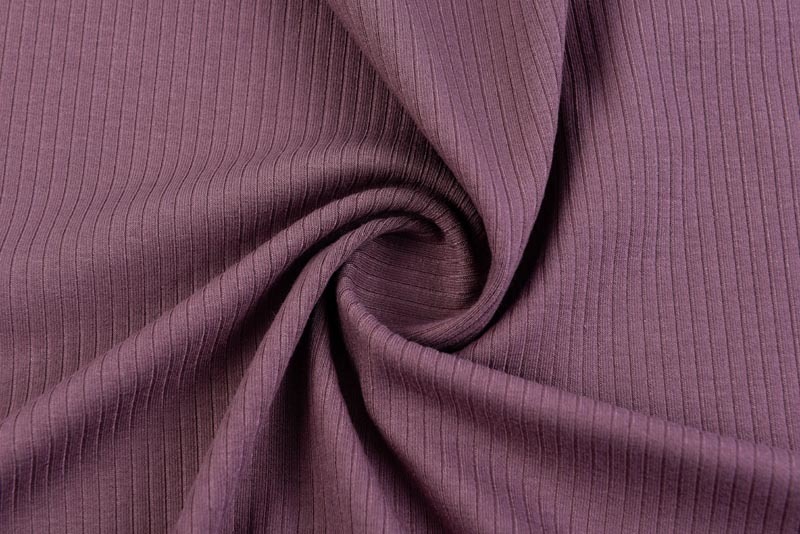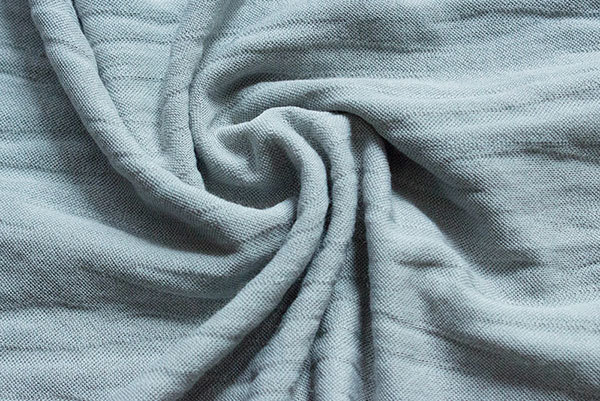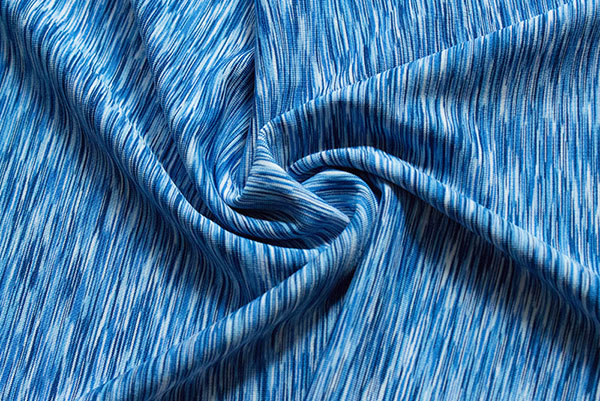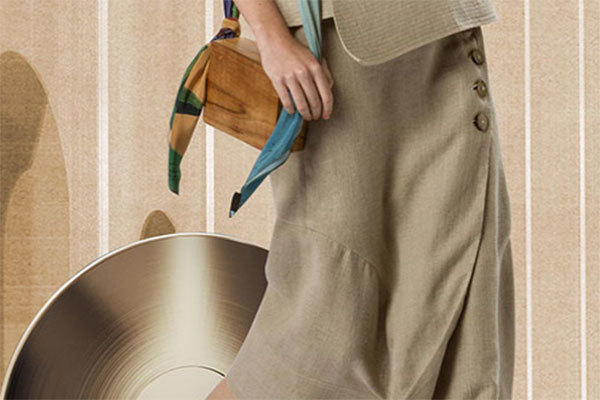There are also these secrets between printing and dyeing!
Dyeing refers to the process of coloring a substance by chemical or other means. Under the conditions allowed by technology, dyeing can make objects present various colors that people need, and decorate life with colorful colors. The method of dyeing has existed since ancient times and continues to develop.
Differences and Similarities between Printing and Dyeing
In terms of the mechanism of dyeing fibers with dyes, printing and dyeing are the same, except that in printing, a certain color of dye is applied to a part of the textile according to the requirements of the pattern, and after a certain post-treatment, the dye is dyed onto the fibers, thereby obtaining a printed product with one or more colors on the textile. So, printing can also be said to be "localized dyeing".
When using the same type of dye for textile dyeing and printing, the chemical additives and their physical and chemical properties are similar, so their coloring and fixation principles are also similar or the same; For the same variety of fiber products, if the same dye is used for dyeing and printing, they can have the same dyeing fastness, such as good fastness when dyeing with vat dyes and good fastness on printed products.
In printing and dyeing, dye aqueous solution is used for dyeing processing, while color paste is used for printing. Color paste is a paste with a certain viscosity made by adding a paste to the dye solution or dispersion.
Its use can prevent unclear pattern contours, distorted patterns, and dye migration during post printing drying caused by pattern infiltration during printing; The concentration of dyes and chemical additives in the color paste is much higher than that in general dyeing baths. In addition, it contains a large amount of paste, which makes it difficult for dyes to dissolve. Therefore, auxiliary solvents such as urea and alcohol should be added to the printing paste; During dyeing, the dye penetrates and diffuses fully, while during printing, the dye is in the pulp and is not easily diffused and permeated. Therefore, after printing, methods such as steaming or baking need to be used to increase the diffusion rate of the dye to help dye the fibers.
Printing vs dyeing
If color matching is required during dyeing, it is generally required to use the same type of dye for color matching, while printing can use several different types of dyes on the same textile for co printing, such as coating and insoluble azo dye co printing, reactive and insoluble azo dye co printing, reactive and fast sulfonic acid dye co printing, insoluble azo dye and condensation dye co printing, etc, Sometimes different types of dyes can also be used in the same color paste for the same paste printing;
For example, when coatings are mixed with insoluble azo dyes in the same slurry, disperse dyes are mixed with reactive dyes in the same slurry, there will be mutual influence between dyes and various additives. Printing workers must have a very deep understanding of the characteristics of various dyes and additives, and use the contradictions and compatibility between dyes and additives to serve the product, printing some printing products with special styles.
Dyeing VS Printing
The dyes used for printing and dyeing are roughly the same, but there are also some dyes specifically used for printing, such as reactive dyes for printing (domestic P-type reactive dyes, etc.), stable insoluble azo dyes, temporary soluble dyes, etc; In printed products, there are white flowers or white ground that require a very white color, which requires the semi-finished products after pre-treatment to be similar to bleached cloth. After printing, bleach water is generally required, while dyed fabrics, especially those with deep and thick colors, can not be bleached during pre-treatment; Printed fabrics should not have skewed weft, especially for patterns such as grid, horizontal, square, or figure patterns, and strict requirements for skewed weft are required for semi-finished products; There should also be certain requirements for the door width of the fabric to avoid skewness and deformation of the patterns on the fabric during stretching after printing. The weft skewness control requirements for dyed fabrics are not as strict as those for printed fabrics.
For printed semi-finished products, the hair effect should be uniform and have a good "instantaneous hair effect", mainly because the dye action time is short during printing, and the printed pattern color should be uniform, the outline should be clear, the lines should be smooth, and there should be no broken lines. Therefore, every step of the pre-treatment processing of printed fabrics is important. Only by obtaining good quality of semi-finished products can the printing quality be guaranteed. Therefore, the pre-treatment requirements for printed semi-finished products are higher than those for dyed semi-finished products; The masking effect of printing on grey fabric defects is better than dyeing, especially for some disordered patterns, which have an effective masking effect on some grey fabric weaving defects.
In short, for colored textiles, dyed products require uniform and full color, bright and transparent core, while printed products require clear and elegant patterns with ethnic characteristics, clear pattern contours, fresh and white flowers, full color, and are artistic industrial products.
Summary:
Printing process is the process of applying patterns to textile fabrics with dyes or pigments. Printing can be divided into fabric printing, wool top printing, and yarn printing, with fabric printing being the main method. Wool stripe printing is used for making mixed colored tweeds; Yarn printing is used to weave special style colored patterned fabrics. Textile printing has a long history. Dyeing refers to the process of coloring a substance by chemical or other means. Under the conditions allowed by technology, dyeing can make objects present various colors that people need, and decorate life with colorful colors. The method of dyeing has existed since ancient times and continues to develop.
Author:
Source:
Date:
2019-08-23
Other information







